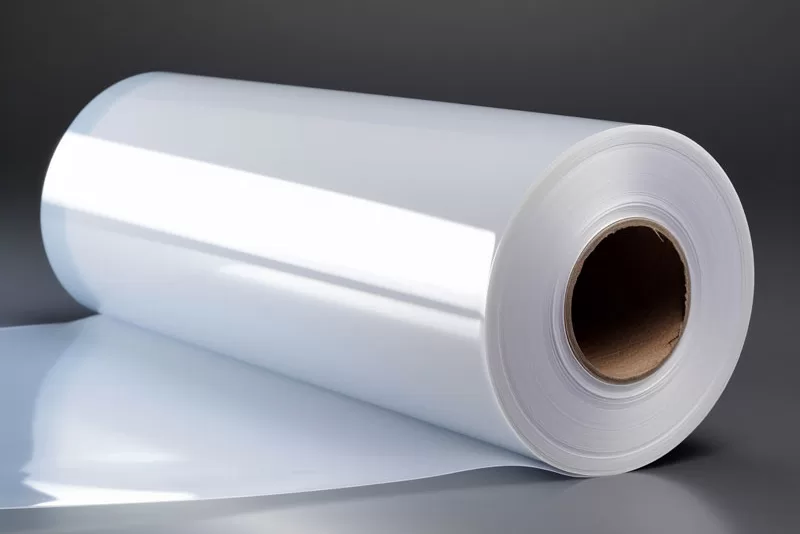UV DTF PET film is a commonly used film in UV printing process. It offers various technical features and requires specific precautions for optimal performance and security. Here are some key aspects:

Kenteer's UV DTF PET Film:
1. PET (polyethylene terephthalate) material: UV DTF PET film is made of PET. PET is a durable, versatile thermoplastic polymer with excellent dimensional stability and heat resistance. PET film is known for its clarity, strength and ability to retain its shape even at high temperatures.
2. UV curable ink compatibility: UV DTF PET film is designed for use with UV curable inks. These inks contain photoinitiators that react to UV light to instantly cure the ink, creating durable, vibrant prints. The surface of PET film is easy to accept UV ink, which ensures excellent adhesion and color saturation.
3. UV light curing: UV DTF PET film relies on UV light curing ink. The film is usually designed for optimum UV transmission to ensure efficient and complete curing of the ink. UV light sources, such as UVLED lamps, are commonly used in UV printing equipment to provide the light intensity and wavelength required for curing.
Precautions for Kenteer's UV DTF PET film:
1. Proper Handling: When handling UV DTF PET film, it is important to avoid excessive bending, stretching or folding, as it may cause permanent damage or deformation to the film. Handle the film with care to preserve its integrity and avoid compromising print quality.
2. Storage conditions: UV DTF PET film should be stored in a cool and dry environment, avoiding direct sunlight or overheating. Exposure to high temperature or prolonged sunlight can cause the film to degrade, affecting its optical properties and printing performance. Store film in its original packaging or protective case to minimize the risk of damage.
3. Printer settings and calibration: In order to obtain the best printing results with UV DTF PET film, it is very important to configure the printer settings and calibrate the equipment correctly. Consult your printer manufacturer's guidelines or your UV ink supplier for recommended settings, including ink density, cure temperature, cure time, and printer calibration procedures.
4. Operator safety: UV printing involves the use of UV light sources and potentially harmful chemicals in the ink. Operators should follow appropriate safety precautions, including wearing appropriate personal protective equipment (PPE), such as gloves, safety glasses, and protective clothing. Follow the manufacturer's instructions and guidelines for safe handling and use of UV printing equipment and materials.
5. Environmental considerations: UV DTF PET films are generally environmentally friendly and do not contain harmful chemicals. However, it is important to properly dispose of any obsolete or unused films. Follow proper recycling or disposal methods to minimize environmental impact.
By understanding the technology behind Kenteer's UV DTF PET films, and taking the necessary precautions, users can ensure optimum performance, print quality and safety in their UV printing applications. Please refer to the manufacturer's instructions and guidelines for specific recommendations on the use and handling of Kenteer's UV DTF PET films.
